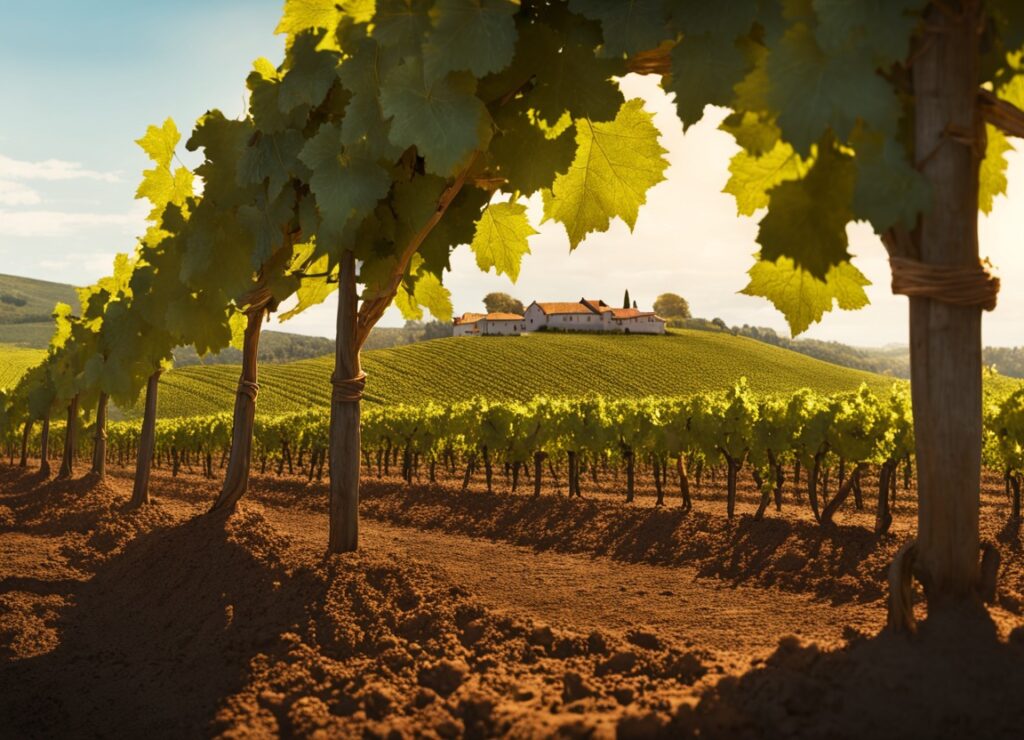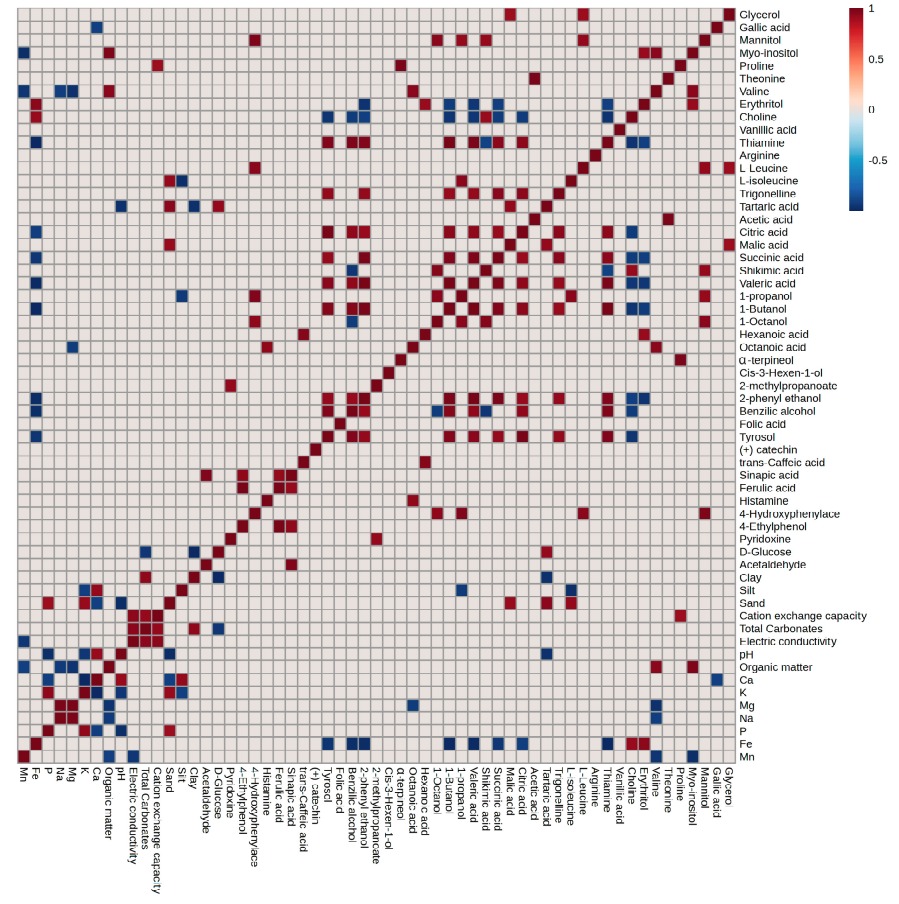
The idea that the soil in which grapevines grow affects the taste of wine is a long-standing and popular belief in the wine industry. This notion, often referred to as a constituent of terroir, suggests that the unique characteristics of the soil, impart distinct flavours and aromas to the wine. However, the scientific correlation between soil composition and wine flavour is not as straightforward as might be traditionally thought.
Recent research has begun to challenge the direct influence of soil types on the taste of wine, particularly regarding the concept of minerality. Minerality in wine is often attributed to the stony or flinty qualities of a vineyard’s soil, but studies have shown that factors such as climate, weather conditions and vineyard management play a more significant role than previously assumed. Cooler temperatures and reduced sunlight during the growing season, for example, have been linked more closely with the mineral qualities of wine than the soil type itself.
In the excellent book, Wine Science, Jamie Goode mentions that while soil minerals are essential for vine growth, they are required only in minuscule amounts and do not directly contribute flavours or aromas to the wine. So, it’s easy to become sceptical about simplistic claims of links between soil makeup, for example ‘limestone’, and taste.
Jamie goes on to explain the influence of soil on wine is more about how it affects vineyard practices such as irrigation, the presence of organic materials, microbial activity in the rhizosphere and even plant hormones. The soil’s role in the taste of wine is more about its contribution to a complex interplay of factors rather than a direct cause-and-effect relationship.
A new study focuses on breaking down components of soils and wines to find correlations for use in food traceability, quality control and understanding the wine metabolome, a profile of low-molecular-weight molecules in wine. This study helps to clarify the complex ways in which various factors, including soil, influence the final product but often demonstrate that the relationships are not as simplistic as once thought.
By obtaining detailed metabolomic fingerprints and profiles of wines, the study identified metabolic biomarkers such as phenolic compounds, aroma compounds, amino acids and organic acids. The study highlights the relationship between soil texture, comprising sand, silt, and clay, and the levels of amino acids and organic acids in wine. For instance, soils with a higher clay content can retain more water, influencing the availability of water and nutrients to the vine. This retention significantly impacts the synthesis of amino acids in grapes, which are precursors to many of the flavour and aroma compounds in wine.
Through metabolic fingerprinting, the researchers were able to identify specific biomarkers in the wine that correlate with soil attributes. These biomarkers include phenolic compounds known for affecting the wine’s taste and colour and volatile compounds that influence aroma. This analysis revealed distinct metabolic profiles associated with different soils, providing a quantifiable measure of how soil composition affects wine characteristics.

Correlation heatmaps reporting correlations between soil chemical physical parameters
and wines’ metabolomic composition. Only correlations with Pearson r correlation coefficient >
|0.90| are highlighted in the figure. Positive correlations are indicated in red, negative correlations
are indicated in blue.
Interestingly, the study finds that both correlations and negative correlations between soil properties and wine characteristics vary across different wines. This variability suggests that factors such as grape varieties, climate and topography significantly influence how soil affects vine growth. The research highlights the critical role of the unique combination of vines and their specific environmental conditions in defining the distinct characteristics of wine terroir.
As the wine industry continues to embrace scientific approaches in viticulture and oenology, the understanding of soil’s role provides not just a tool for quality control but also a bridge connecting the drinker to the terroir.













